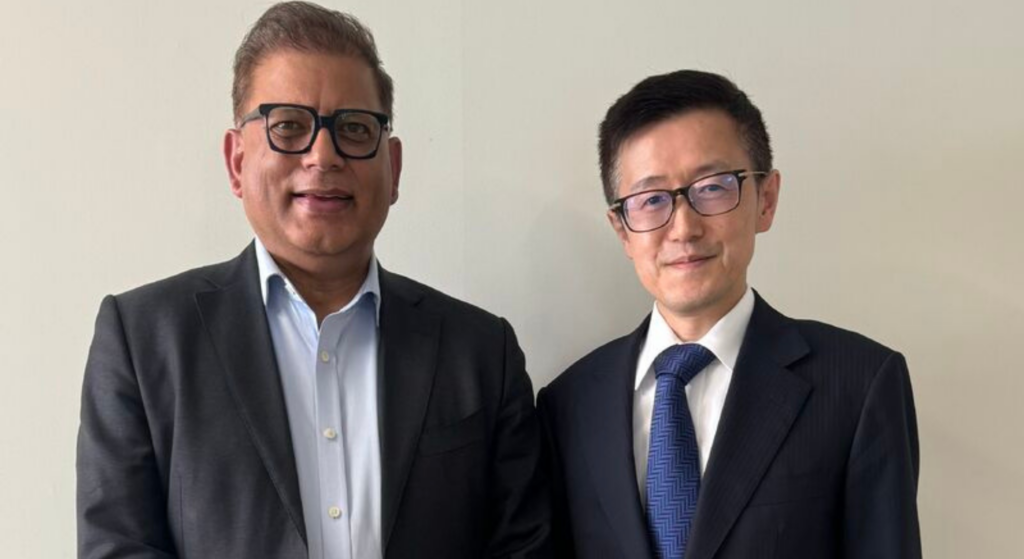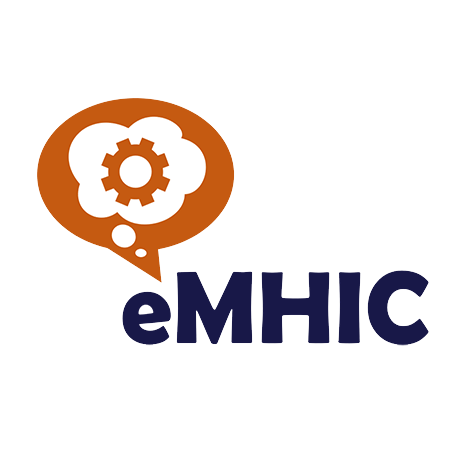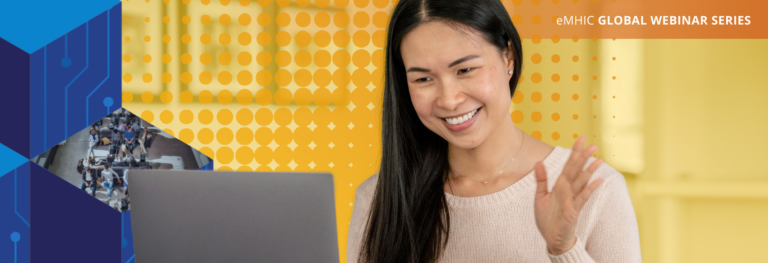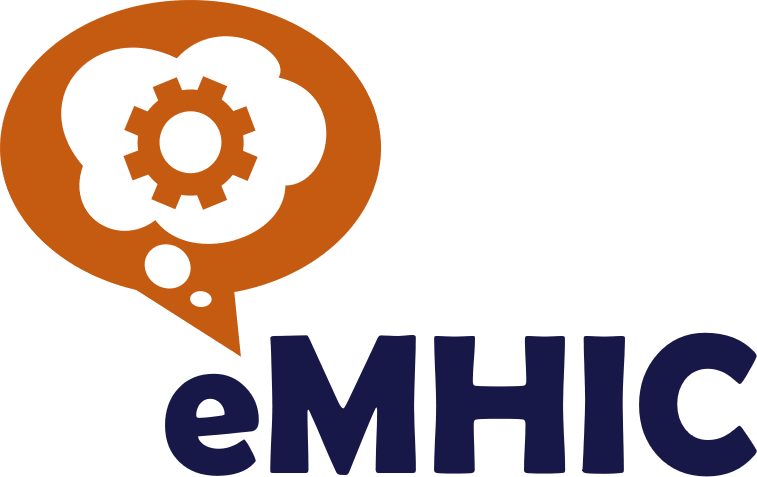On his recent travels to Japan, eMHIC’s Executive Director, Professor Anil Thapliyal, was invited by Dr Hiroto Ito to visit the Faculty of Medicine at Tohoku Medical and Pharmaceutical University in Sendai. In 2011, as the world watched on helplessly, a powerful tsunami hit Sendai, decimating villages, homes, and businesses and claiming many lives. Residents had only an eight-minute warning to evacuate. The official figures, released in 2021, reported 19,759 deaths, 6,242 injured, and 2,553 people missing. A 2015 report indicated 228,863 people were still living away from their homes in temporary housing or had been forced, by the situation, to relocate permanently.
Sadly, since 2011, we’ve witnessed many natural disasters across the globe, and the reality remains, regardless of how advanced a nation is, how does any country prepare to respond to a disaster of this magnitude, and how do we begin to measure the colossal direct and indirect mental health impacts that result? The best we can do is introduce innovations, focus on strengthening the resilience of healthcare infrastructure and embrace international collaboration and global partnerships. Enter The Sendai Framework for Disaster Risk Reduction.

The Sendai Framework for Disaster Risk Reduction 2015-2030 was adopted at the Third UN World Conference in Sendai on March 18, 2015, and is now internationally regarded as the blueprint to help nations “Build Back Better” after a disaster occurs. It prioritizes understanding disaster risk, improving governance to manage it, investing in risk reduction for resilience, and enhancing preparedness for effective response and recovery.
The framework embodies our collective responsibility to ensure a timely response to natural disasters and humanitarian crises while reinforcing the need to learn from such events so that we may mitigate future risks.
You can learn more about The Sendai Framework for Disaster Risk Reduction here >>





